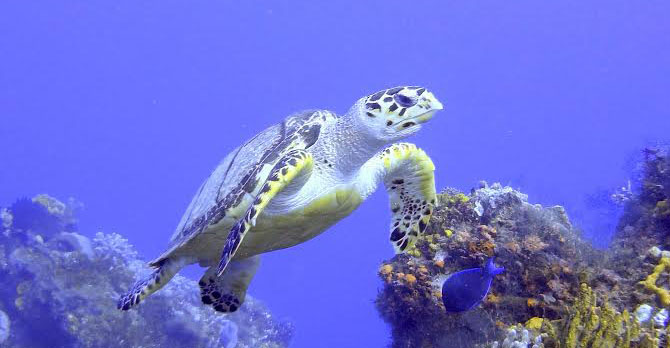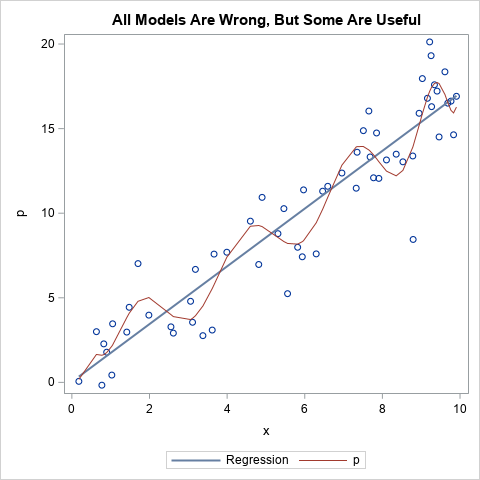SAS software can be used for many things - here's how you could use it to help save endangered sea turtles!
You've seen SAS used to track endangered wildlife by the shape of their footprints, and help run Texas Parks & Wildlife. Now, how about tracking the movements of (and thereby helping save) endangered animals such as sea turtles?!? To get you in the mood for such a blog, here's a photo that a friend of mine who is an avid scuba diver made on one of her many dive trips:
One of the latest tools to help study wildlife is to attach a transmitter to them, that broadcasts their GPS location. The data can then be collected, to see where the animal travels. The OCEARCH group uses this technique to study sharks, for example.
So I obtained some data for a sea turtle that was tracked right off the North Carolina coast, and plotted the points on a map. I added html hover-text to the markers showing the date/time/etc at each point, and added html drill-downs so you can click the markers to see a Google map centered on that location. I annotated arrows between the points, so you can easily see the order of the points. And I annotated the latitude/longitude gridlines, to provide a visual context of exactly where the points are on the map.
Here's a snapshot of my map - click on it to see the interactive version with the hover-text and drill-downs. It's interesting to see how the turtle made its way from north to south, and swam on both the sound-side and the ocean-side of the barrier islands.
Did you know you could do this with SAS? What other things might you track on a map like this? Here is a link to the SAS code, in case you'd like to re-use it to plot some of your own data!










1 Comment
Interesting! This would be cool to see for manatees, too (a possible project for my "spare time".) :-)